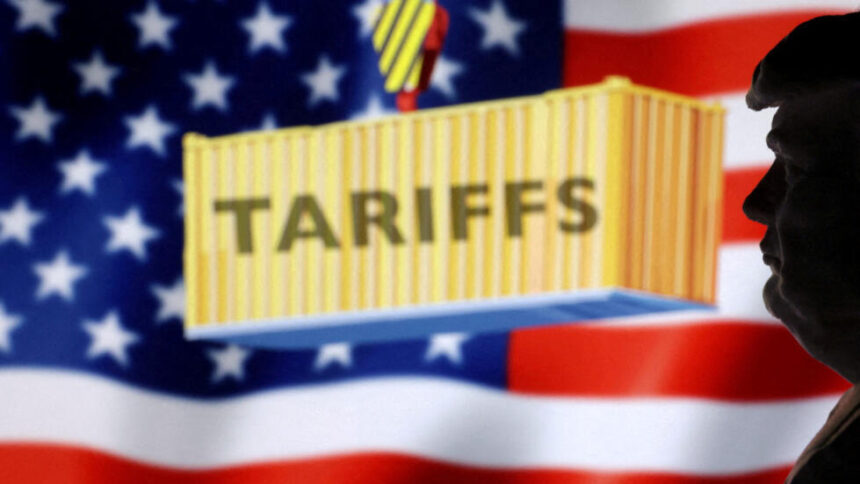The United States has officially begun collecting a sweeping 10% tariff on imports from nearly every country as of 12:01 a.m. ET (5:01am WAT), Saturday.
Pan-Atlantic Kompass gathered that the initial 10% “baseline” tariff to be paid by U.S. importers has already taken effect at U.S. seaports, airports and customs warehouses.
The U.S. Customs and Border Protection, in a bulletin to shippers, indicated no grace period for cargoes that were on the water at midnight on Saturday.
However, the bulletin provided a 51-day grace period for cargoes loaded onto vessels or planes and in transit to the U.S. before 12:01 a.m. ET Saturday. These cargoes need to arrive by 12:01 a.m. ET on May 27 to avoid the 10% tariff.
This comes as part of U.S. President Donald Trump’s strategy, which he said is to address trade deficits and reshape America’s role in international commerce.
Announced on Wednesday as part of Trump’s “Liberation Day” trade initiative, the 10% tariff applies universally to goods entering the U.S., with few exceptions.
Unlike traditional trade policies negotiated through mutual agreements, this unilateral action leverages emergency economic powers to impose a flat surcharge on imports.
Starting April 9, additional “reciprocal” tariffs ranging from 11% to 50% will pile onto the baseline, targeting 57 larger trading partners, including Nigeria, which got slapped with a 14% tariff.
Also, according to reports, Trump’s announcement sent triggers to the financial markets.
This is as it was reported that U.S. stocks plummeted following the announcement, with the S&P 500 dropping 9.08%, the Nasdaq falling 10.02%, and the Dow declining 7.86%, its worst performance since 2020.
Globally, over $6.6 trillion in market value evaporated in just two days, as investors braced for slower growth and rising inflation.
Retailers and consumers are already feeling the pinch. Major chains like Target (down 10.9%) and discount outlets like Five Below (down over 20%) signal looming price hikes.
Some economists have estimated that the tariffs could add 2% to the U.S. Consumer Price Index in 2025, disproportionately hitting lower-income households reliant on imported goods like apparel, shoes, and electronics.





